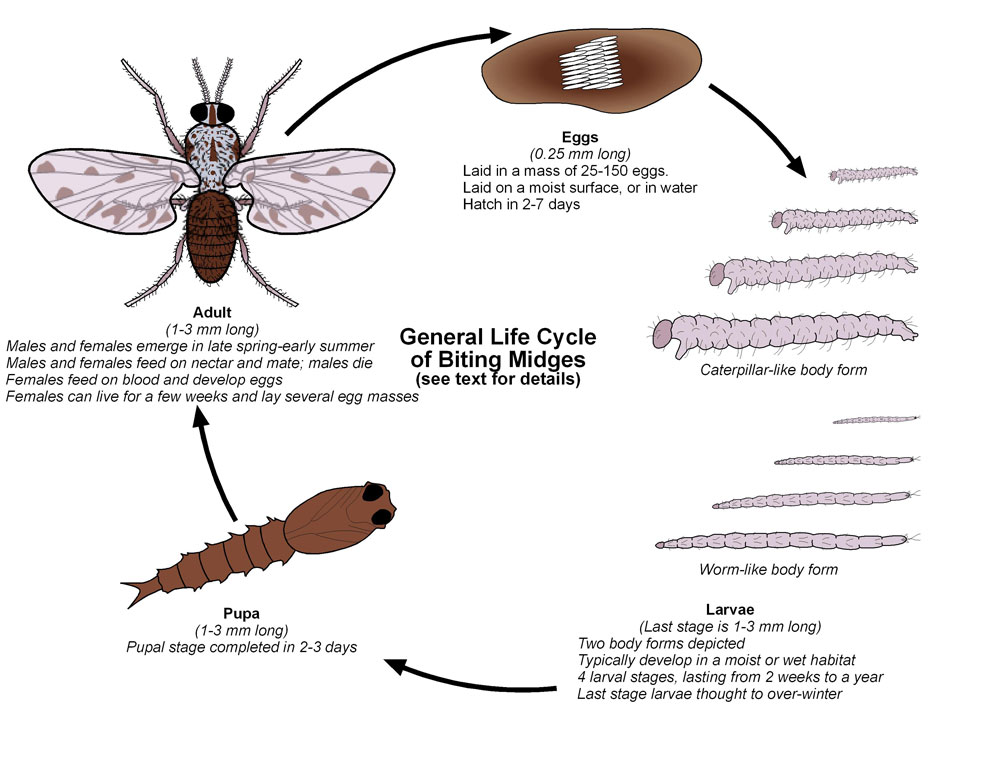If you notice this on your skin this could be a sign of breeding sand fleas underneath your skin.
Sand flea bites laying eggs.
The fleas lay eggs through a hole in the skin and the eggs fall to the ground where they hatch.
Even though sand fleas are quite small they can cause severe skin problems.
Other than the small risk of sand fleas laying eggs in your skin in the unlikely event you encounter a chigoe flea most people do not experience adverse reactions to common sand flea bites save for the itching scratching and painful sensation.
Blood is necessary in order for the adult flea to produce eggs.
This skin parasite burrows into the skin to lay its eggs.
In order to treat sand flea bites you should soothe the irritated skin.
The best of softpops 2015 for 2018.
Sometimes people confuse sand flea bites with the bites of other insects this is why it is advisable for you to consult a professional right away if you think you have.
Sand flea bites on a human or pet can also be caused by a species of flea with the scientific name tunga penetrans commonly known as chigoe or sand flea.
Sandra lee aka dr.
How to treat sand flea bites.
It takes about five weeks for an egg to transform into an adult sand flea completely.
The female sand fleas rarely lay their eggs on human skin but sometimes they do.
The discomfort should go away on its own in a few hours but meanwhile.
Dr pimple popper duration.
If you notice a bite you have has got a black center please consult your physician immediately.
Pimple popper recommended for you.
Adult fleas prefer to lay their eggs close to their primary source of food which means they will lay the eggs in the fur of your pet.
Breeding female sand fleas hide themselves under your skin and stay beneath there until the eggs hatch.
Before the female lays flea eggs she bites you or your pet in order to digest the blood to provide for the larva once they hatch.
Sand fleas can only jump around 20 40 cm so there s much less chance of getting bitten on the upper body unless you re lying down in the sand.
This can cause infections and increased irritation.
They typically bite the feet ankles and legs because they are closest to the ground.
The affected areas swell and black spots appear in the middle of the swollen area.
Sand fleas go through four crucial stages of development eggs larvae pupae and adult.
In some instances sand fleas will actually burrow into the skin to lay eggs.

